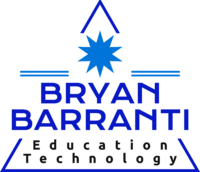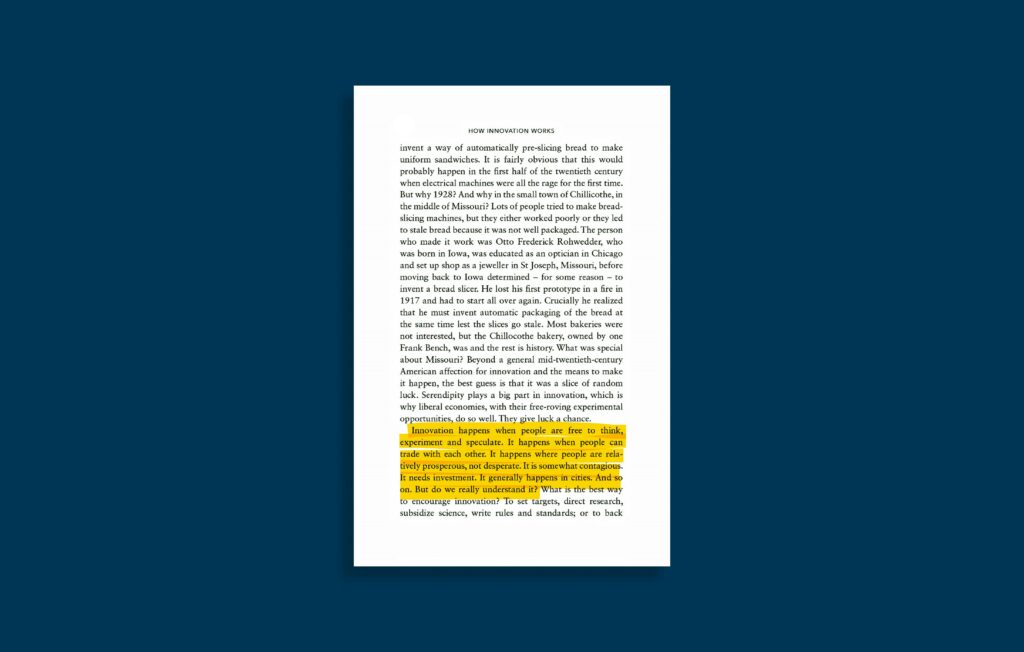
As I wrap up this semester in EDCI568 – Technology and Innovation in Education, I’m surprised by how significantly my thinking and approach to technology-integrated learning and teaching have evolved. The course introduced valuable concepts and encouraged me to think carefully about incorporating them meaningfully into my woodwork teaching practice. I even truly enjoyed the format that evolved with recorded interviews that we could watch on our own terms, pausing and note-taking when convenient.
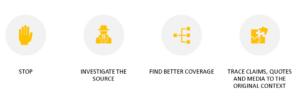
Learning about misinformation and disinformation was eye-opening. Exploring the SIFT method (Stop, Investigate, Find trusted sources, and Trace claims) quickly became valuable in my classroom. Initially, my students resisted verifying information beyond their first Google result. However, memorable examples like the Pacific Northwest Tree Octopus hoax and the Canadian “house hippo” public service announcement helped my ELL students understand why it’s important to evaluate online information carefully. Integrating digital literacy activities became a way to encourage students to think carefully, foster curiosity, and build informed skepticism. It reinforced my belief that literacy instruction must go beyond traditional reading and writing to include authentic digital contexts.
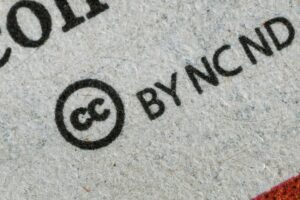
Another significant takeaway involved exploring open education and Creative Commons licensing. Previously, I relied heavily on traditional textbooks and subscription-based resources for woodworking plans and teaching materials. Discovering openly licensed educational content completely changed my mindset. It inspired me to create and share woodworking project plans and resources freely with other teachers, particularly those working with multilingual students. For my ELL students, openly accessible materials enable quicker adaptations, translations, and personalized supports. This philosophy aligns closely with my commitment to collaboration, generosity, and inclusive practice.
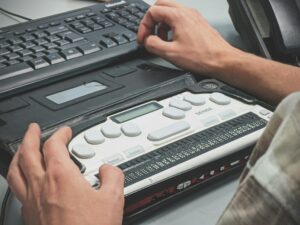
The topic of accessibility also deeply influenced how I now design instructional materials and digital resources. Understanding concepts like providing alternative text, clear formatting, intuitive navigation, and universal design reshaped my teaching approach. This knowledge made me rethink how my ELL students and those with diverse learning needs engage with digital content. Accessibility means more than just compliance; it fundamentally means inclusivity. It reinforced my commitment to creating fair and supportive learning environments so every student can achieve their fullest potential.
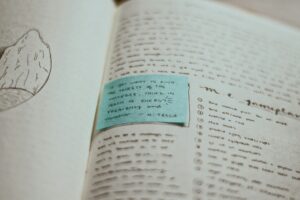
Lastly, experimenting with digital annotations opened new ways for reflective practice in my classroom. Encouraging students to annotate their own woodworking project plans directly within Google Docs led to deeper self-assessment and engagement. I was genuinely surprised at the depth of insight that emerged. Students who previously hesitated to participate orally found confidence annotating digitally. For my ELLs, annotating digitally in their home languages and translating back to English allowed thoughtful reflections that weren’t possible in traditional formats. This reminded me of the importance of varied strategies to support student voice and meaningful participation.
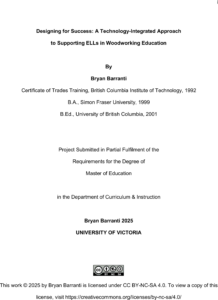
Reflecting on my final Master’s paper/project, Designing for Success: A Technology-Integrated Approach to Supporting ELLs in Woodworking Education, I can clearly see how these topics shaped its evolution. Integrating SIFT and digital literacy strategies now ensures my students, especially ELLs, engage thoughtfully with online resources. Open education encouraged me to design resources that are shareable and easy to adapt, accessibility guided inclusive material design, and digital annotations provided deeper, multilingual student reflections.
This semester reinforced that meaningful innovation involves intentionally embedding technology within teaching to enrich student learning, engagement, and empowerment. It reminded me clearly that reflective practice in educational technology is key to meaningful transformation in teaching and learning.
